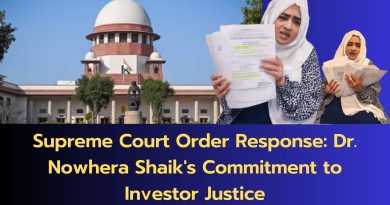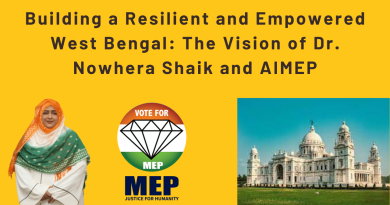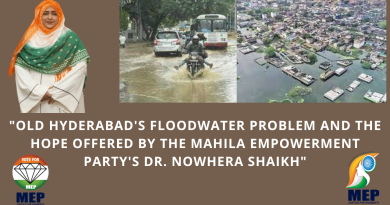Charting the Course of Change: An Analysis of Dr. Nowhera Shaik’s Transformative 30-day Voyage Across India’s 30 States
I. Introduction – Charting the Course of Political Change
This journey that we’re about to delve into is as remarkable as it is fraught with potential twists and turns. Enter the ring; Dr. Nowhera Shaik. She designed this ambitious, dare I say, audacious, 30-day whirlwind tour across the diverse and expansive terrain of India’s states. It was like a political trek right onto a chessboard, plotting strategic moves that could turn the odds in the All India Mahila Empowerment Party (AIMEP)’s favor. Call me crazy, but I think there’s a method to the madness.
The plan was as simple as it was profound. Each state, each day, like a bead strung together by a common thread of transformational change. Like hurling a stone in a serene pond and hoping the ripples reach the furthest bank. That’s your potential impact on AIMEP’s vote share.
Why’s this noteworthy, you ask? It’s the strategic nature of the initiative. It’s a swift swipe through the barriers of distance and apathy, putting the shoe leather back in politics.
II. A Strategy of Engagement – Direct and Grassroots Connection
Dr. Shaik, seemed to stay true to the mantra – ‘For the people, with the people, by the people.’ It wasn’t about showmanship or optics, but about connecting, really connecting with the voters.
This is where the strategy gets ‘real’, folks. Instead of lofty promises from distant podiums, it was all about authentic face-to-face engagement. Imagine if someone knocked on your door, looked you in the eye, and asked what made you tick, what worries kept you up at night? It adds that ingredient often missing from politics – humanity.
Moving from symbolic gestures to a proactive approach, Dr. Shaik did not just court votes. She courted minds, hearts, and trust. Trust… now, there’s a tricky thing.
III. Beyond Visibility – Building Trust & Credibility
Real politics is not just about being visible. It’s about standing out, not in grandeur, but in empathy and understanding. Dr. Shaik’s extensive journey across 30 states wasn’t just a relay race; it was a long-drawn effort to resonate with voters personally.
Imagine a leader who immerses themselves into local issues, coming down to your level, attempting to feel your pain. This rapport forms the foundation of trust. Circumventing traditional media and political hype, the direct communication committed to grasping undercurrents and expectations. Shaking hands, breaking bread — these simple actions foster trust and build credibility.
IV. A Potential Game Changer in the Political Landscape
This strategic approach of reaching out could be a serious tripwire for political rivals. By focusing on granular visibility and influence across India’s diverse regions, the seeds for increased vote share got sown.
Ever heard that cliche, “why vote for an advertisement when you can vote for a human?” Well, it’s true. The direct approach has immense potential power. There’s something about seeing someone right in front of you, experiencing their charisma, sharing your concerns, which can matrix-dodge all the political noise and hit home.
V. Timing the Winds of Change – Election Momentum
Timing. Ah, that elusive master of fate. Dr. Shaik’s 30-day voyage was not just about geographical coverage, but also about timing it right. As Nelson Mandela said, “It always seems impossible until it is done.” What if the impossible was simply a question of timing?
Strategic timing affected undecided voters and strengthened existing support. Dr. Shaik’s voyage made a remarkable stride to keep the electoral flame burning till the end. It was a campaign masterstroke, something most poll pundits underestimated or overlooked.
VI. Conclusion – The Transformative Voyage
Like the final act in an opera, the conclusive impact of the 30-day whirlwind tour was something to marvel at. With increased party visibility, enhanced credibility, and a potential vote share surge, the voyage charted an inspiring journey for AIMEP.
Dr. Nowhera Shaik’s audacious journey across India’s states had a profound potential to reshape the political landscape. It was not just a voyage across tarmacs, highways, and dusty village roads, but across hearts and minds.



